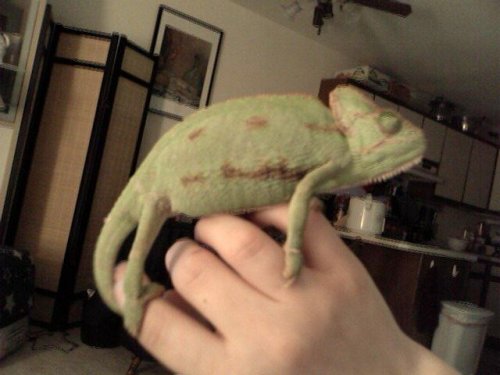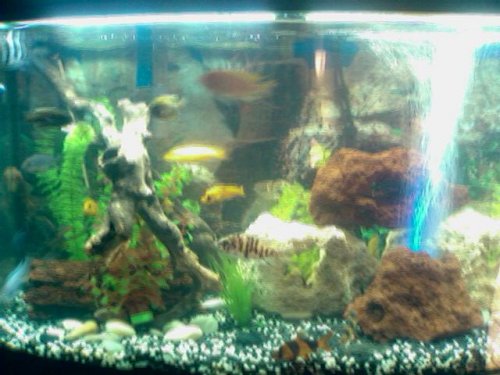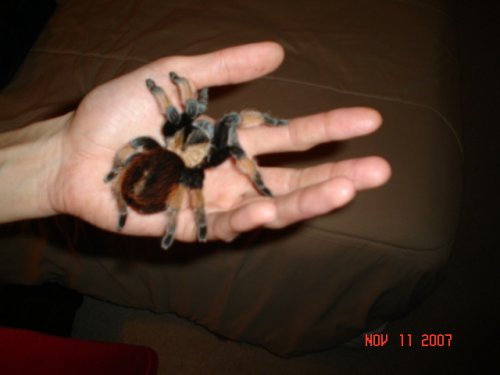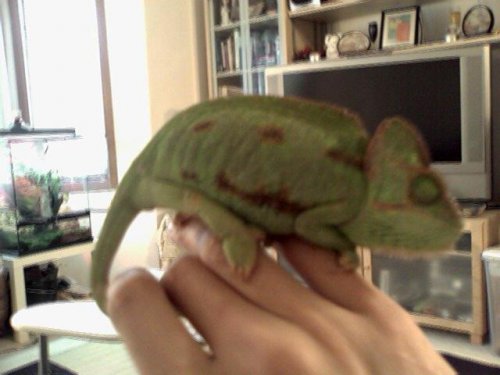tBoNe
New Member
Hi, this is tBoNe currently living in Minnesota, and loved tropical animals.
Our first owned reptile a 6-8 month Female Veiled Chameleon named CAMMY. She is very shy and sometimes pissy when I trying to handle her. She is a beauty, and we are very glad to have in our life. We also have a 46 gallon African chichlids and 5 year Mexican Red Knee Tarantula. I do however have a lot of questions about the chameleon. so be with me if I posting some nOOb? Thank you
I know it's a bad pics!!!
Our first owned reptile a 6-8 month Female Veiled Chameleon named CAMMY. She is very shy and sometimes pissy when I trying to handle her. She is a beauty, and we are very glad to have in our life. We also have a 46 gallon African chichlids and 5 year Mexican Red Knee Tarantula. I do however have a lot of questions about the chameleon. so be with me if I posting some nOOb? Thank you
I know it's a bad pics!!!







